Is it Safe to Use Derma Rolling for Rosacea? What Dermatologist Have to Say?
Do you suffer from a skin condition called Rosacea? Do you often blush easily as compared with other people? Is the redness confined on the nose and cheeks and then even on the forehead and chin? Do you also have some redness on the ears, trunk, and back which happens almost all the time?
If you do, you may be suffering from a common skin problem which is known as Rosacea. Although it is quite common, it has many associated signs and symptoms including:
- Papulopustular rosacea.
o Characterized by swelling, redness and acne-breakouts
- Phymatous rosacea.
o Thickened skin and bumpy texture.
- Erythematotelangiectatic rosacea
o Flushing, redness and visible blood vessels.
- Ocular rosacea
o Irritated and red eyes, swollen eyelids, and sty.
For proper classification of your Rosacea, you may need to confirm this with your dermatologist for appropriate treatment and management. Unfortunately, there is no known cure for Rosacea, but there are available treatments to keep the symptoms under control. The treatment may include the use of:
- Topical agents such as metronidazole cream, azelaic acid, and ivermectin cream
- Oral antibiotics to help reduce skin inflammation
- Oral isotretinoin
- Laser treatment
If you are fond of reading health websites, you may have heard of derma rolling treatment as potential treatment for Rosacea? You see some of the treatments for Rosacea involved long-term use of topical agents and antibiotics while laser therapy can be quite costly. So is there any other more effective or alternative treatment for Rosacea which will help reduce the symptoms?
Is Derma Rolling Effective in Treating Rosacea?
A current research have shown that fractional microneedling radiofrequency therapy or FMR resulted in a modest yet clinically significant improvement in resolving inflammation and appearance of Rosacea. The study is based on a small group of patients suffering from Rosacea.
As noted by Seon Yong Park, M.D. and colleagues, the treatment process involves delivering bipolar radiofrequency energy to the dermis through microneedles without causing damage to the epidermis. The study was done at the Department of Dermatology at Seoul National University in South Korea.
The said treatment was previously associated with histological and clinical improvements in acne-associated post-inflammatory erythema and in treating cutaneous wrinkles. According to the researchers, this is the first ever study to evaluate the use of FMR in treating patients with Rosacea.
The authors used a split-face, randomized and single-blind study of 21 patients, 20 of which are females and 1 male suffering from mild to moderate rosacea. They were treated with two sessions of FMR, four weeks apart. Then they were assessed 4, 8 and 12 weeks after their second session. The average age of the patients is 43 years, and they have a Fitzpatrick Skin Type III and Type 1V. The Rosacea was considered mild to moderate.
Authors were able to observe clinical improvement in 17 out of 21 patients which is equivalent to 81%. Basing from the Investigator’s Global Assessment or IGA score, patients had 2.47 in week 12 which means 20% of improvement. The overall mean IGA score was interpreted as modest but statistically significant on the treated side.
Both the photometric measurement of redness and histological assessment of dermal inflammation also showed significant reduction and reduced dermal inflammation respectively.
The authors noted that Fractional micro needling radiofrequency is slightly more effective in reducing erythema for patients suffering from papulopustular rosacea than with erythematotelangiectatic rosacea. This suggests that inflammatory lesions like pustules and papules can be treated with this device. The findings are correlated with the previous reports of the success of FMR in treating inflammatory acne.
The authors also noted that there were no adverse effects noted. Although 19 out of 21 patients experienced mild pain while 17 had mild erythema which lasted for five days. Patient also reported they experienced less burning, itching sensation, heat and or pricking on the treated side. This means that the treatment is effective in controlling symptoms of Rosacea.
How to Use Derma Rolling for Milder and Moderate forms of Rosacea?
Studies have shown that derma rolling is effective in treating milder forms of Rosacea. This is the reason why there are a growing number of dermatology clinics that are offering microneedling or derma rolling in treating Rosacea. Derma rolling is said to be based on mesotherapy and acupuncture principle.
Derma rolling treatment uses derma roller which is a hand-held device that creates minute punctures in the epidermis and dermis. This will then encourage the induction of collagen which is use in the skin’s healing responses. The procedure also increases the transdermal absorption which allows vital nutrients to be absorbed effectively into the deeper layers of the skin.
The Role of Serums and Human Growth Factors in Derma Rolling
For best results, dermatologist strongly advice to combine serums and human growth factors serums while derma rolling. There are many kinds of serums to choose from, you may try vitamin serums which is very good for proper nutrient absorption. You should also use human growth factor serums that have anti-inflammatory properties. It has very good healing properties particularly in stubborn cases of Rosacea.
Is Derma Rolling the Best Treatment for Rosacea?
Derma rolling is quite new to the dermatological world. A lot of researches are being done to determine its effectiveness in treating various kinds of skin disorders. Although, there are limited studies are being done for Rosacea, the current literature offers a promising future.
As of now, there is no cure for Rosacea, but there are many treatments to address its signs and symptoms. The current treatment involves long-term therapy. Derma rolling offers an alternative option by helping your skin develop new skin layers that are healthier and not prone to inflammatory reactions.
The treatment may also involve weeks to months depending on the skin condition. But practitioners on this area offers statistically significant results basing from a small group of studies. Patients with mild forms of Rosacea show modest improvement after weeks of derma rolling treatment.
If you have any doubts, you may always consult your dermatologist, so you can be given proper advice. The effects of the treatment also vary on your skin type and your skin’s response to the therapy.
Bibliography
American Academy of Dermatologist. (2017). American Academy of Dermatologist. Retrieved June 10, 2017, from https://www.aad.org/public/diseases/acne-and-rosacea/rosacea
Park, Seon Yong MD; Kwon, Hyuck Hoon MD, MS; Yoon, Ji Young MS; Min, Seonguk MD, MS; Suh, Dae Hun MD, PhD. (2016). Clinical and Histologic Effects of Fractional Microneedling Radiofrequency Treatment on Rosacea. Dermatologic Surgery , 1362-1369.

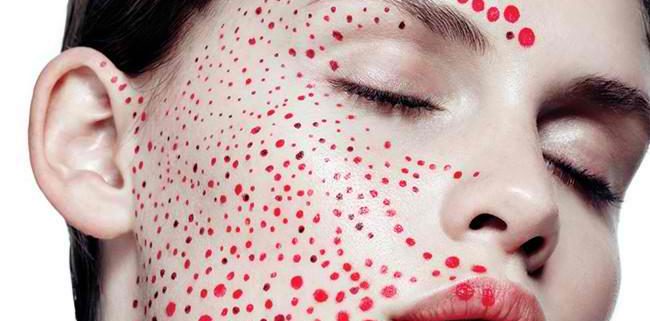
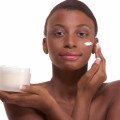
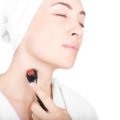

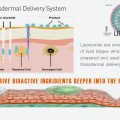
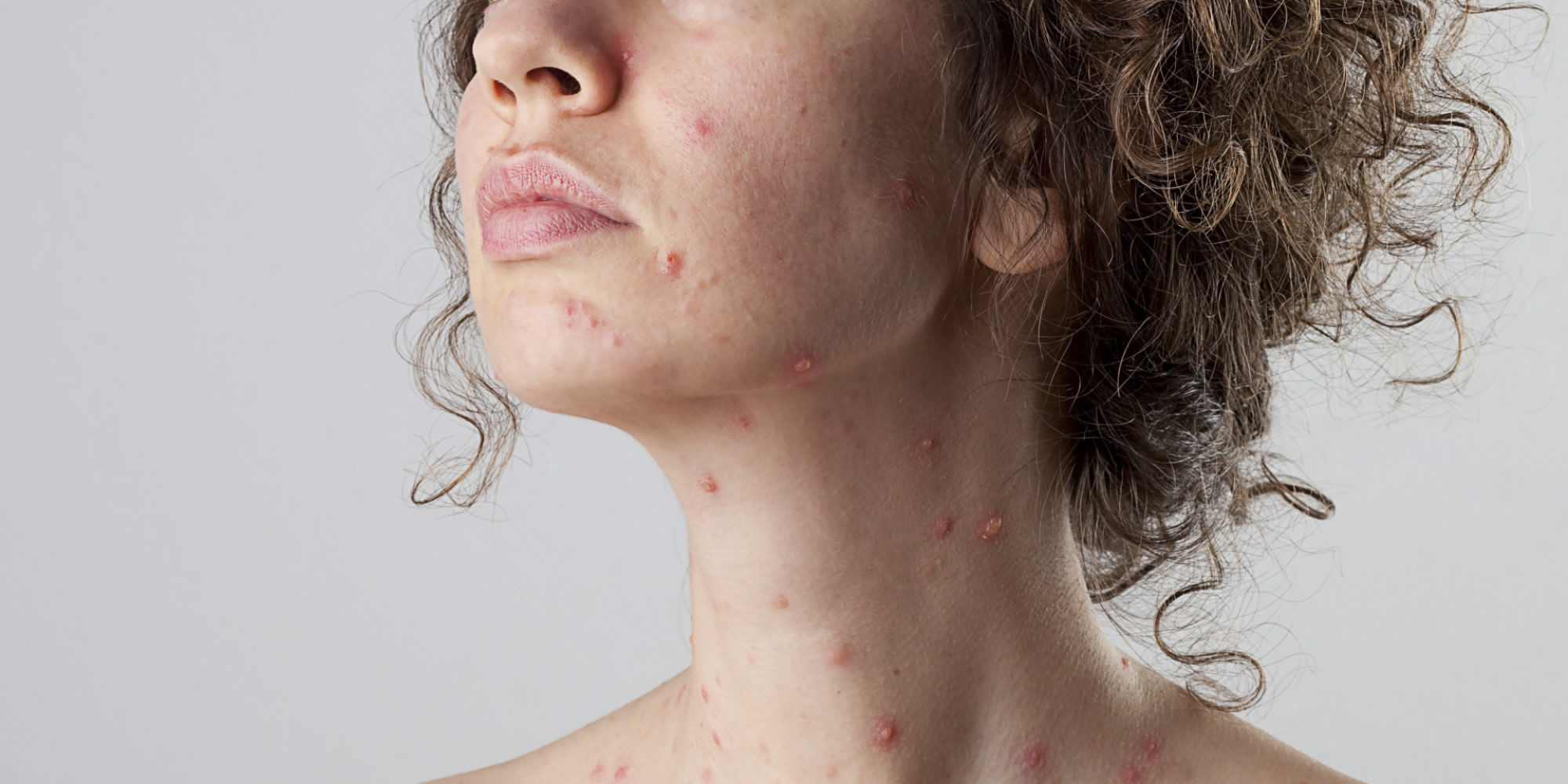
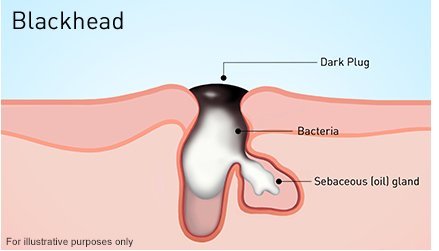
Please add your thoughts
Leave a Reply
Want to join the discussion?Feel free to contribute!